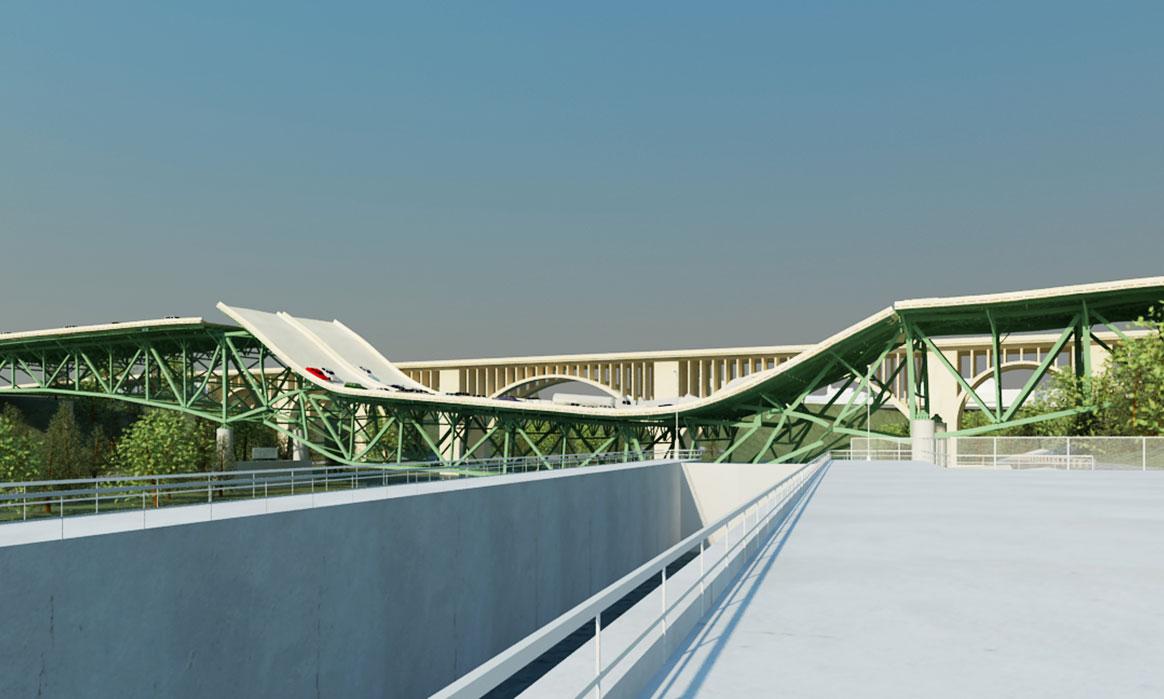
Steve Freihon/Related-Oxford
New York, New York
We investigated the cause of the 2007 collapse of the 1,900-foot-long Interstate Highway 35 West bridge over the Mississippi River.
During the evening rush hour on August 1, 2007, a 1,900-foot section of Interstate Highway 35 West bridge between Minneapolis and Saint Paul, Minn., collapsed into the Mississippi River, killing 13 people and injuring 145. We conducted a study to determine the cause of the collapse on behalf of a consortium of 20 Minnesota law firms representing, pro bono, more than 90 victims and their families.
